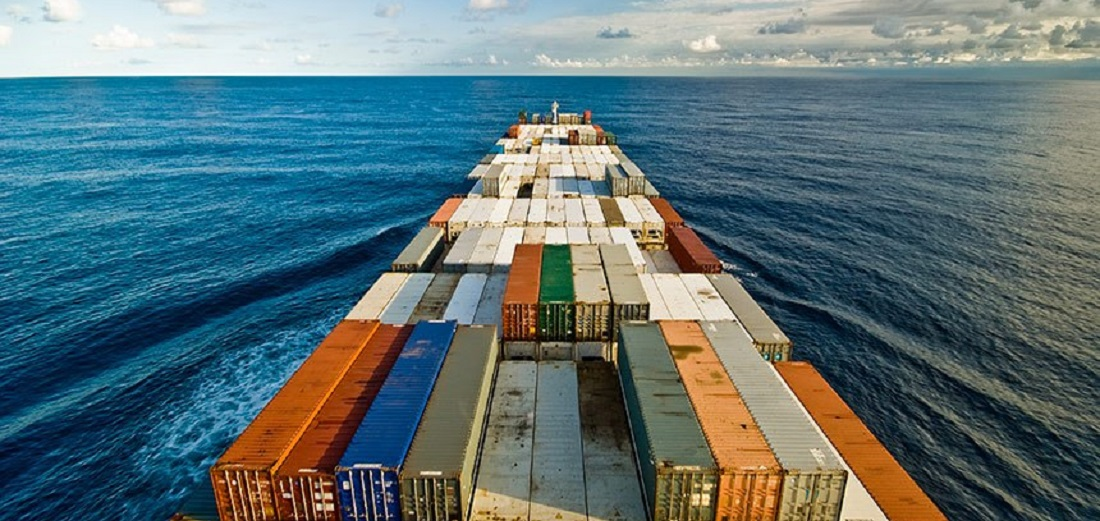
Maritime insurance surges as Red Sea crisis lingers
Mar, 05, 2024 Posted by Gabriel MalheirosWeek 202410
Due to mounting concerns over risks associated with Red Sea transits, insurers have reinforced their underwriting policies, according to a recent report from the reinsurance broker Guy Carpenter.
The Joint War Committee (JWC), a coalition of leading insurers, reinsurers, and underwriters based in London, recently expanded the “high-risk zone” in this maritime route, pressuring insurers to charge higher premiums to sustain positive claim ratios.
As a result, risk premiums for the Red Sea reportedly rose from 0.07% in nominal terms in October 2023, before the onset of the conflict, to nearly 0.5% to 0.7% by the end of December 2023. For Israeli shipowners, the primary targets of the attacks occurred on this maritime route, the growth was even greater.
The Guy Carpenter report highlights that new routes around the Cape of Good Hope in South Africa add 10 to 15 days to the lead time, further increasing insurance costs. These additional risk premiums added to last year’s global inflation’s impact on the insurance market. Inflation alone had already increased hull and cargo insurance premiums by 8% in 2022 compared to the previous year, according to data from the International Union of Marine Insurance (IUMI), as assessed by the reinsurer.
In the Panama Canal, reductions in water levels could cost up to 700 million
An extreme drought initially felt in 2023 forced Panamanian authorities to reduce ship crossings in the Panama Canal, one of the world’s most important trade routes. The Panama Canal accounts for 6% of global trade and connects the Atlantic and Pacific Oceans.
Amid the challenging scenario, the Panama Canal Authority has taken measures to reduce transit to bolster water conservation. Under normal conditions, the canal oversees between 34 and 36 daily transits. With the water crisis, transits have dropped to 24 a day. It is estimated that by February of this year, only 18 vessels may be able to cross the canal daily.
The administrator of the Panama Canal, Ricaurte Vásquez, now estimates that the reduction in water levels could cost them between 500 million and 700 million dollars in 2024, compared to previous estimates of 200 million dollars.
One of the most severe droughts to hit the Central American country has caused chaos in the 80 km (50 miles) maritime route, creating a backlog of ships, raising doubts about the canal’s reliability for international maritime transport, and raising concerns about its impact on global trade.
Maritime insurance in Brazil
In Brazil, the maritime insurance market is growing, and the demand for protection is expected to increase as the national output of agricultural goods expands and grows in diversification, contributing to local and global supply, according to the Guy Carpenter report.
Both domestic trade and exports benefit from a competitive market. The practice of hiring maritime insurance has been growing at rates above inflation, and the market penetration of this product is expected to benefit from Brazil’s greater inclusion in world trade.
The upkeeping of the productive level of the agricultural sector and the recovery of the local industry, driven by the ‘New Industry Brazil’ program, will boost premiums in the coming years. According to the survey, the international market will be the main driver of business generation supported by heated consumption and lower rate Real-Dollar exchange rate.
-
Meat
Sep, 04, 2020
0
Aurora to to test all employees and outsourced workers in RS for Covid-19
-
Meat
Jul, 23, 2021
0
Donkey slaughter for export grows 8000% and threatens the species in Brazil
-
Meat
Aug, 28, 2019
0
ABIEC repudiates illegal deforestation
-
Trade Regulations
May, 19, 2021
0
Multinationals call on Europe to end supplier deforestation


